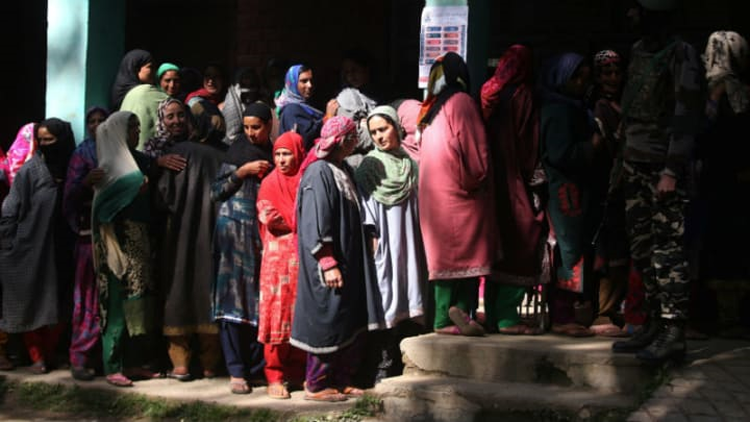The 2019 general elections in India saw a record turnout of women — equal to the percentage of male voters — and indicating that women expect the majority government of the day to prioritize and address their needs.
One of their primary expectations is improved access to women’s sexual reproductive health and rights services.
India’s public health expenditure has for long remained a paltry 1.5% of its GDP or less and with a meagre 2.2% of the interim budget allocated to health, a deeper look at these numbers would reveal that investment in women’s reproductive health is far lesser.
Evidence shows that over 30 million married women in the reproductive age group are unable to access contraception. A recent study published in The Lancet estimated that 78% of the 15 million abortions in India take place outside medical facilities. There is only one licensed abortion provider for over 200,000 women in rural India.
This points to the glaring unmet need for safe abortion services. Ten women continue to die every day due to unsafe abortion-related causes in the country, constituting the third largest cause of maternal mortality.
Comprehensive abortion care needs to be prioritized by the government. More specifically, there is an urgent need to implement the proposed amendments to the Medical Termination of Pregnancy Act, 1971.
Passed almost five decades ago, this hitherto progressive law is imploring a change that is vital to making safe abortion universally accessible to women. The current law comes with its limitations stemming from paucity of legal and trained providers, late detection of fetal abnormalities, etc. While the former is denying women safe and legal abortions, the latter is driving scores of women to courts for permission for late-term abortions, since fetal abnormalities are many times detected beyond the 20-week limit when abortion becomes illegal under the provisions of the present law.
Increased access to comprehensive contraception care is also a critical area that could benefit immensely from better policies. Equitable investments in spacing and terminal methods of contraception could help women access appropriate methods and plan their pregnancies when they are ready.
Expansion in the basket of contraceptive choice, wider availability of services through increased training of providers, and youth access to appropriate contraceptive services and counselling are fundamental to ensuring women’s reproductive freedom.
Bolstering efforts to ensure that women’s health needs and rights are met will go a long way in improving key development indicators and safeguarding the health of future generations. All the Sustainable Development Goals are proven to be closely interlinked, and addressing SDG 3 — to ensure healthy lives and promote well-being for all — is particularly critical in impacting the other SDGs.
Health interventions must focus on expanding access and awareness related to SRHR to women and the youth that will enable them to make timely, informed choices. Such measures are known to obviate the serious issues of early marriages, teenage pregnancies, and the like.
Strengthening of SRHR interventions will require, inter alia, substantial improvement in information, services, and infrastructure; proactive involvement of the youth in policymaking aimed at addressing their needs; and increased investment and better utilization of funds allocated.
This is only the third time in Indian politics that a party has had a consecutive majority government for a second time. And, this gives the dispensation the opportunity to provide an environment for women in which they can get unhindered access to sexual reproductive health services without feeling apologetic or through clandestine means. SRHR is a basic right of a woman and she deserves it.
